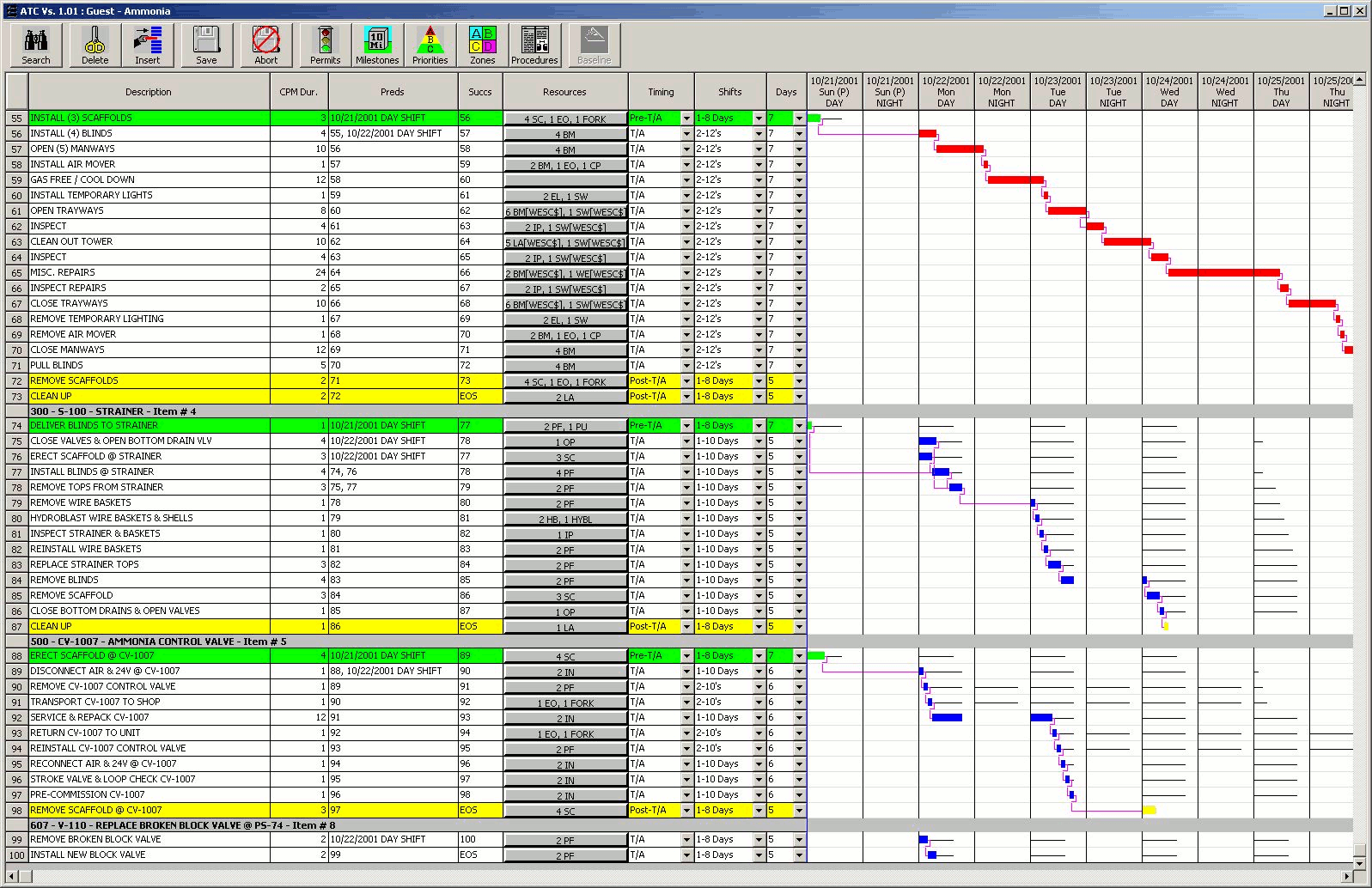Transparency in Critical Path Method Scheduling
Effective project management requires the development of a realistic plan and a clear communication of the plan (from the beginning to the end of the project). The critical path method of scheduling is the fundamental tool used to develop and communicate project plans. Ensuring the integrity and transparency of these schedules is paramount for project success.
Critical Path Method Scheduling in PDM?
As outlined in the article Critics Can’t Find the Logic in Many of Today’s CPM Schedules (Engineering News-Record, 5/26/2003), the predecessor diagramming method (PDM) of scheduling as implemented in most project management software does not offer full transparency of the critical path.
PDM’s biggest flaw is allowing multiple calendars at the resource level. When a task is assigned multiple resources on different working calendars, it becomes very difficult to calculate and represent that task’s early finish and float. Gantt charts display schedules at the task level. How can they represent the work, float and criticality of multiple data with one graphic? They can not.
Compounding the problem is the fact that most PDM based software use time scaled Gantt charts. Work is compressed or stretched as necessary to display continuous bars of work. Unfortunately, this obscures the details of the schedule and makes auditing the schedule (from a Gantt chart) nearly impossible.
“I remember being on the job site for a client and reviewing a schedule that was prepared in a PDM based project management program before we planned everything in ATC Professional™. Their planner and I were trying to reconcile the critical path schedule between their original system and ours.
The scope (tasks, durations, etc.) was the same, the logic was the same, but the bar charts were not reporting the same completion date. We finally discovered the problem. Their report was scaled over a 22 hour day basis and had some tasks scheduled on the wrong shift basis (calendar).
You could not tell this from the report. You had to dig into the software to audit the data and discover the mistake. Their original report looked 100% correct for what it reported. The problem was that it was not comprehensive. This could have been a very costly mistake if we had not caught it.”
Critical Path Method Scheduling in ATC Professional
ATC professional™ uses an arrow diagramming method (ADM) scheduling engine "under the hood" with a PDM style user interface. ATC Professional™ assigns calendars / shift parameters at the task level for a one-to-one correspondence between the calendars and logic assignments. ATC Professional™ schedules can be easily audited to ensure the integrity of the critical path calculations.
In addition, ATC Professional™ displays all Gantt charts on a 24 hour timeline. They show productive and non-productive time. This ensures complete transparency of the schedule with early finishes, late finishes and float all accurately represented. You can see a sample with this screenshot of the ATC Professional™ schedule editor (best viewed on a large screen):

Authored by Bernard Ertl, Partner, InterPlan Systems
Bernard Ertl has a bachelor’s degree in Computer Science and extensive field experience planning and managing turnarounds in the oil refining and petrochemical process industries.
